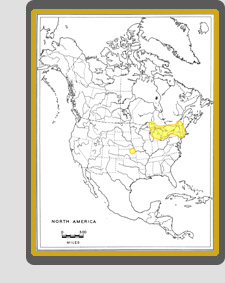
Characteristics
The ventral half of the first flagellomere (the last large segment of the antenna before the filamentous arista) of Sobarocephala atricornis is black, distinguishing it from all similar species.
Similar species
If the antennae are overlooked or missing (which is often the case in poorly-preserved material), Sobarocephala atricornis can be mistaken for S. flava, which is also pale with a similar female abdomen and surstylus. Even without the antennae, the female of S. atricornis can be identified by the abdominal pattern (tergite 6 and sometimes basal margin of tergite 7 dark brown; lateral margin of abdomen with thin stripe; tergites 2-4 sometimes with small, faint spot) and the male can be identified by its entirely clear wings and supra-alar spot.
Sobarocephala affinis and S. muesebecki are similar in colour to Sobarocephala atricornis, but these species have a densely plumose arista and a medially striped female abdomen. Furthermore, Sobarocephala affinis and S. muesebecki are found further south along the eastern and southeastern coasts of the United States.
Distribution
Sobarocephala atricornis occurs from southern Ontario and the Great Lakes east to New Hampshire. One female specimen was collected in Kansas, suggesting that this species may actually be more widespread than current collection data suggest.
Biology
Specimens have been collected using mushroom, pitfall, pan and Malaise traps, and have often been found at dung.